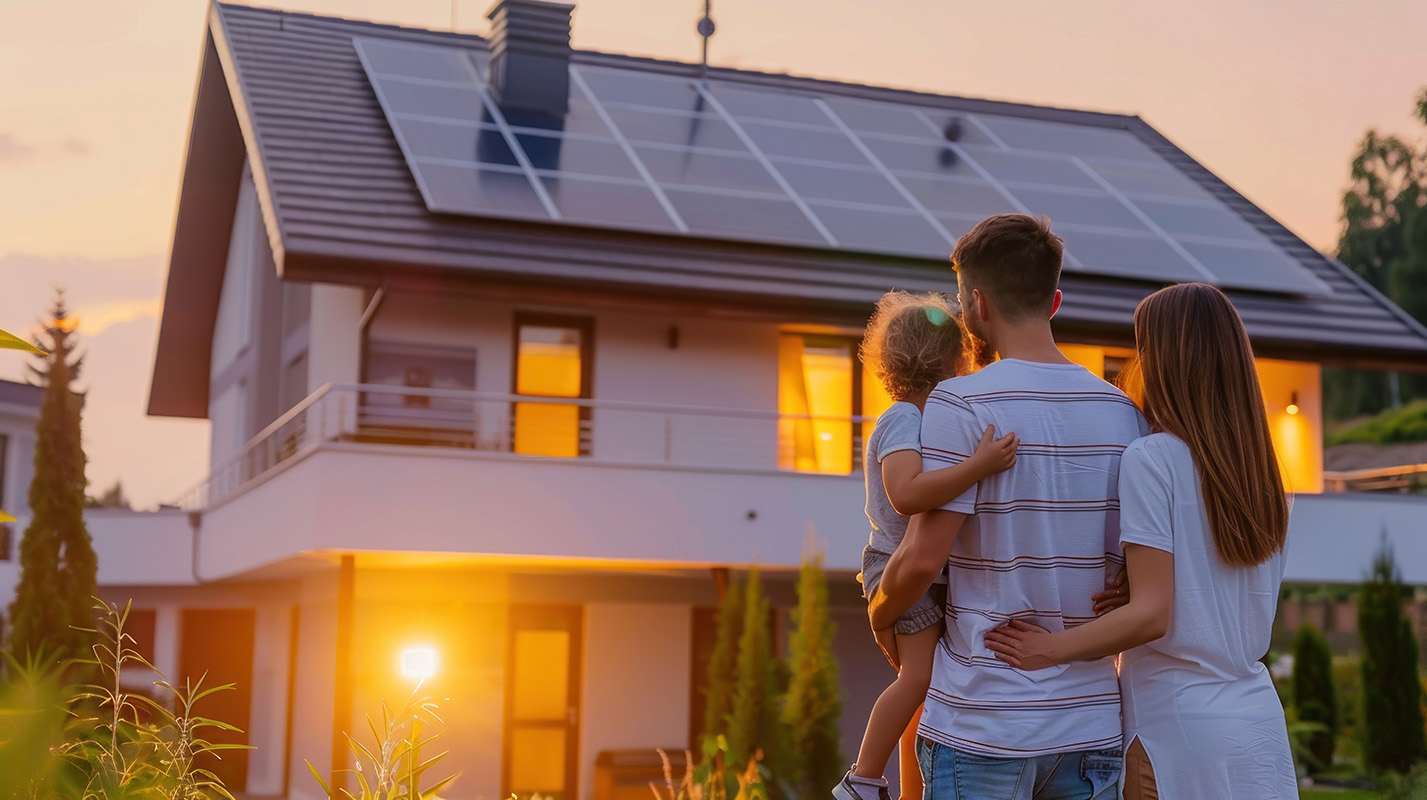As a sun-drenched and wind-swept land, Australia is uniquely placed to take advantage of the global shift towards clean energy. Understandably, like any new development, communities are asking what this means for property prices and public liability insurance. These are important questions.
Do large-scale renewable energy projects affect nearby property values?
Studies show that impacts of large-scale renewable energy projects are small and temporary, generally limited to the construction phase. Any negative effects typically recover within 3–5 years after project operation begins and some areas even see increased property values due to improved local infrastructure and economic growth (1).
Can renewable energy projects increase property values?
Large-scale projects can boost local economies and infrastructure, potentially increasing property values in the broader area (2). During the operational period, the land hosting renewable energy often recovers from grazing and cropping, leading to increases in soil and biodiversity values, which can increase property values. Landholders who host renewable energy projects have also spoken about it eliminating the need to sub-divide their land in retirement as it provides ongoing non-farming income.
Wind farms do not negatively impact property prices (3).
However, the Renewable Energy and Property Market report revealed six regions with renewable projects constructed in 2017 that performed positively since the installation. Over five years, all six regions experienced an increase in the median price by more than 35 per cent; in some areas it was as high as a 51 per cent rise in the median house price (2).
Studies suggest renewable energy projects do not have ongoing negative impacts on nearby property values. In fact, research indicates a slight positive effect due to increased local investment and the perception of clean energy benefits.
Do wind farms have an impact on property prices?
Wind farms do not negatively impact property prices (4). The value of properties fluctuate for a range of reasons. Supply and demand, proximity to amenities and infrastructure, housing affordability and the desirability of the location can all have an impact. Properties within 1.5 kilometres of wind turbines may experience a temporary decline in value following a project announcement.
Will a clean energy project near my home impact my ability to get public liability insurance?
The Insurance Council of Australia (ICA) has stated that insurers do not have specific concerns related to neighbouring clean energy infrastructure. At the time of writing, the ICA is not aware of any instances where its members have been unable to provide insurance, or have increased premiums as a result of a farm (or a neighbouring property) hosting energy infrastructure.
Large-scale projects can boost local economies and infrastructure, potentially increasing property values in its vicinity.

Will a clean energy project increase my insurance premiums?
Increases to premiums are unlikely to be related to clean energy projects. Wherever you live in Australia – whether you’re directly exposed to extreme weather impacts or not – insurance premiums are rising because of the escalating costs of natural disasters, increasing value of homes and vehicles, inflation pushing up building and vehicle repair costs and the increasing cost of doing business for insurers.
How are insurers adapting to support Australia's renewable energy transition?
Insurers are playing a crucial role in identifying, managing and mitigating any risks associated with renewable energy technologies. They are developing new products to transfer foreseeable risks, acting as educators and facilitators of innovation in the renewable energy sector (5).
(3) Wind Farms and property prices: Wind-Energy-Fact-Sheet-2-Wind-Farms-and-Property-Prices.pdf

